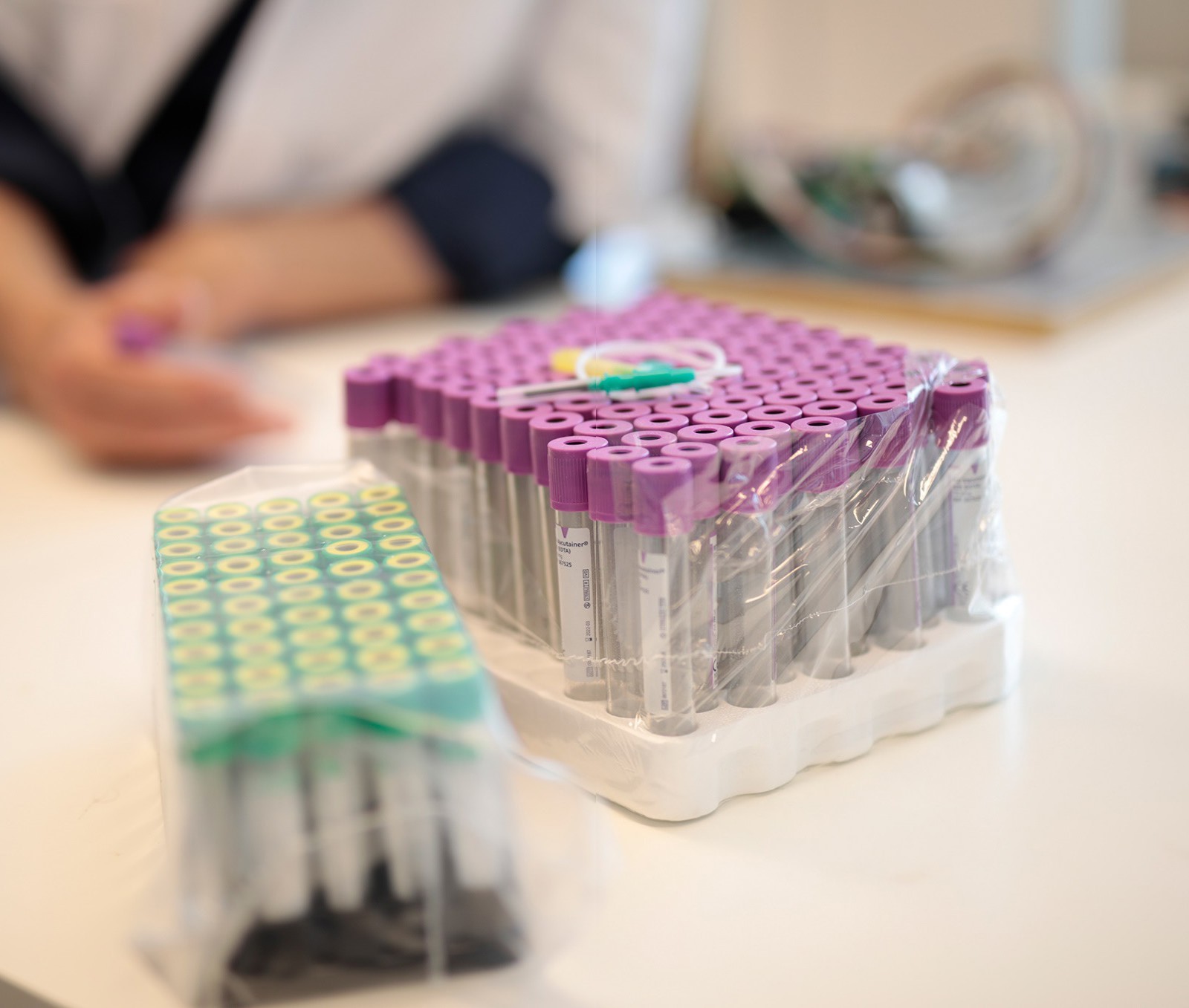Lab Automation: Robotic Systems
AI, 3D Reconstruction, and Robotics in Clinical Phlebotomy
IPT speaks to Toon Overbeeke of Vitestro about the potential benefits of using robots in clinics to draw blood from patients. With a shortage of clinical staff all over Europe, Toon believes robotics is the way forward regarding individual clinical patient care
IPT: What are the benefits of a fully automated robot under supervision, as opposed to a medical professional drawing the blood themselves?
Toon Overbeeke: The main benefit is the increased capacity. As you know, there is a huge shortage of personnel at the moment. A survey done by the European Federation of Public Service indicated that 85% of healthcare facilities are short on nurses, which is an ongoing problem. However, only one supervisor is needed to oversee several devices – therefore, you have increased capacity.
Second is standardisation. Two-thirds of all the errors made in the laboratory are made in the pre-analytical phase: the phase where people draw blood. Once the blood sample is taken, it goes to the lab and into a fully-automated system. The manual task is the one that is inherently fraught with the risk of error, which can be mitigated through automatic standardisation.
Are there any drawbacks or potential pitfalls to using this technology?
The design is solid: it is very safe and the patient is able to do it themselves or get help from a supervisor. So, you can imagine that for the best results, it should be a good alternative to manual blood taking. We have used robotics to draw blood for over a thousand patients, and based on those data we see that patients receive it very well.
This device is definitely suitable for the majority of patients. However, some patients cannot use the device due to physical or mental disability, for example patients with severe contractures. Also, patients can be afraid of drawing blood, but the human touch of a supervisor can overcome these fears. This will be more difficult with a device than with a human.
“ The manual task is the one that is inherently fraught with the risk of error, which can be mitigated through automatic standardisation ”
Are there any improvements that can be made to the technique?
We keep continuously improving. So far, we have done six clinical trial runs. By including more patients in the clinical studies, we can learn a lot. Imagine there are 1000 devices in the field, then we can learn 1000 times faster than a human, because we are seeing 1000 times more patients. All the data that we gather in the field serve as input for device improvements.
How widespread do you see this technology being in 10 years’ time?
I think it will be a very good alternative to manual drawing. Obviously, the main focus is now on larger volumes of patients. In the coming years, there is strong potential for expansion of this technology in Europe. After that, the US and the rest of the world. It should definitely be widely adopted within the next 10 years.
What other areas of pharma could robotic technology be used for?
We’re really focusing on phlebotomy. We are also thinking of other potential applications, but at the moment are still figuring out what might benefit from this. But potentially any other high volume, medically invasive procedures that involve a needle and a blood vessel could be improved through robotics.
What difference can a combination of AI, 3D reconstruction, and robotics make together?
Firstly, this combination can give you a really secure position. That is the big advantage of robotics in general: they allow you to be very precise, and therefore secure. Secondly, it is an enabler to create more capacity in the healthcare environment. Robotics shouldn’t be a purpose itself, it should be a facilitator to have a safe and smooth procedure for patients. We bring technology to the patients, letting them get enthusiastic about it, which helps to improve patient care. So, it is more of an enabler than a goal itself.

Toon Overbeeke obtained a Master’s degree in Mechanical Engineering from Delft University of Technology, The Netherlands, in 2014. He started his career at Bain & Company, where he worked as a strategy consultant. After completing a 6-month solo motorcycle ride from Amsterdam, The Netherlands to Bangkok, Thailand, Toon co-founded Vitestro as CEO in 2017. Leveraging his dual background in engineering and business, Toon oversees product and business development, team growth, and fundraising. He is committed to transforming healthcare, by building and deploying autonomous medical technology.
